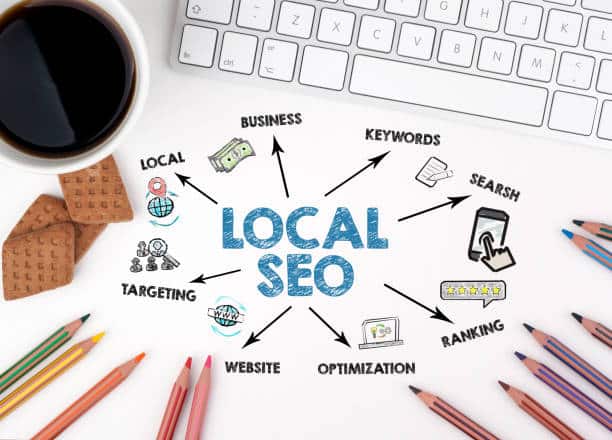Page speed is one of the most important factors Google considers when ranking a website on search results. In fact, according to Google, 50% of people expect a web page to load in less than two seconds. So if you want to help your website rank, you can start by improving its loading time.
But how can you guarantee fast load times for your website visitors? Let’s look at what can help your website load faster, extend your reach, and improve click-through rates in 2022.
1. Add a Caching Plugin
A caching plugin takes your web page and creates a static version. When added to your website, it means an internet user returning to your website will see the cached version improving your website loading speed. Once you have installed the plugin or extensions, it will handle all the technical work. For the best plugins and extensions, visit Amasty extensions.
2. Use a Content Delivery Network
According to Google, 200 milliseconds is a good server response time (SRT). One of the best ways to get your website down to this response time is to ensure you’re working with a service provider that will provide you with the speeds you need. Unfortunately, a host with servers far from your audience will result in slower speeds for visitors.
Instead, use a content delivery network to get the best speeds for your audience, no matter where they are. The content delivery network, or CDN, has proxy servers spread out around the world, meaning no matter where a visitor is located, they can still get fast speeds.
3. Optimize Images
In general, images use up the most resources on your website to download. Use compression and the correct formats to improve your website’s loading speeds. Implementing a lazy load can also increase your speed by only loading images on demand rather than the entire page at once.
4. Optimize for Mobile
Considering half of all internet traffic is conducted by a mobile phone, this should be a top priority to improve the user experience.
Accelerated mobile pages (AMP) help mobile pages load faster and were implemented by Google. In addition, AMP provides mobile users with a streamlined experience on their mobiles by reducing overweight features making your mobile webpages load close too instantly.
To increase speed here, you should also reduce the execution time of JavaScript and use Google Search Console to test mobile speed.
5. Have a Well-Optimized Theme
Files of these themes are lightweight, reducing your overall loading time. A well-optimized theme will have excellent code and be SEO-friendly. These themes will also handle JavaScript better and help with your mobile-responsive design.
6. Get a Premium DNS Service
All web hosts provide free DNS Hosting. Your company website probably has one right now. DNS affects your server response time; therefore, having a fast DNS provider is very important. They can greatly reduce loading time by as much as 40%, resulting in much quicker load times without much work on your part as a developer.
7. Decrease Third-Party Scripts
Third-party scripts are embedded in your website through a third-party code. These scripts add functionality by offering valuable features like share buttons, analytics, etc. But they also add additional loading time to your website. All you need to do is keep the important ones on the correct pages.
See the Benefits of a Faster Website
Page speed is a performance indicator and will influence your bottom line. Another bonus of good page speed is your bounce rate will decrease, leading to better conversion rates.
Also, increasing your page speed is a continuous process; you must be patient to see results and adapt your strategy as the technology changes.
Related Posts




